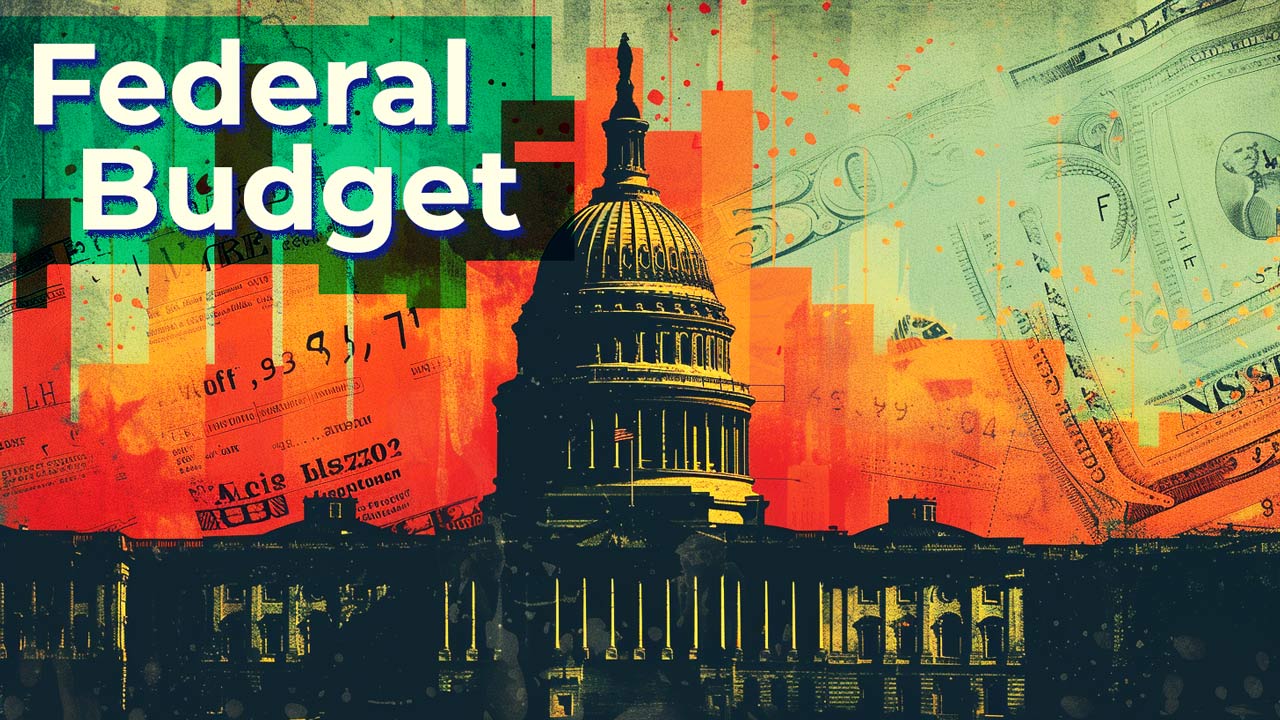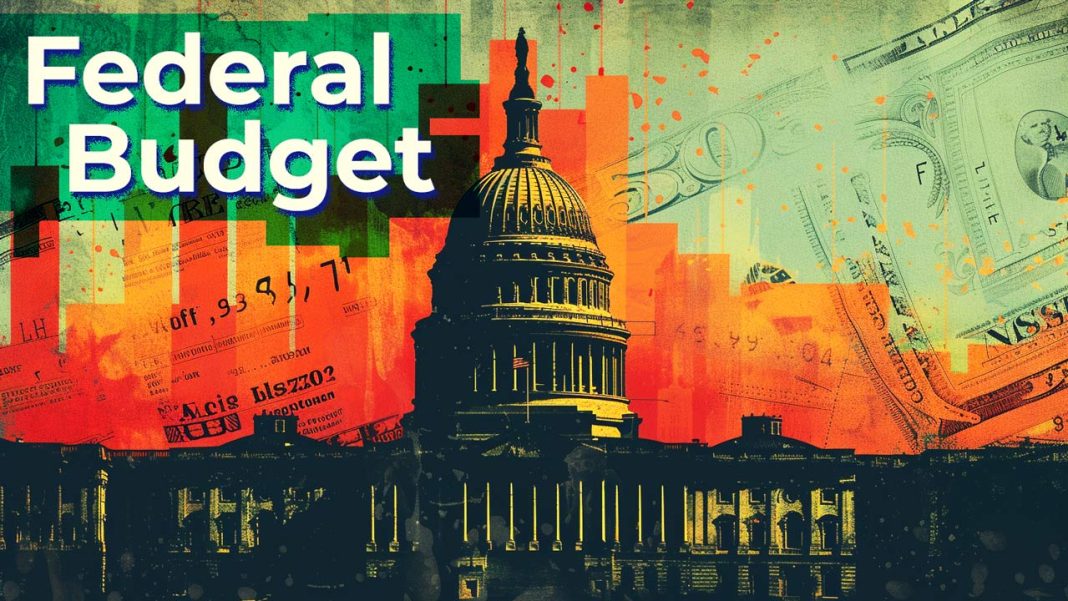 Australia’s federal budget for the 2023-24 financial year is expected to report a $9.3 billion surplus, driven by strong commodity prices. While this figure is lower than the previous year’s surplus of $22.1 billion, it is still significant as it marks the first back-to-back surplus in almost two decades. The last time Australia achieved consecutive surpluses was in 2007-08, just before the Global Financial Crisis hit.
Australia’s federal budget for the 2023-24 financial year is expected to report a $9.3 billion surplus, driven by strong commodity prices. While this figure is lower than the previous year’s surplus of $22.1 billion, it is still significant as it marks the first back-to-back surplus in almost two decades. The last time Australia achieved consecutive surpluses was in 2007-08, just before the Global Financial Crisis hit.
The $9.3 billion surplus is a notable improvement compared to the forecasted deficit of $1.1 billion from the mid-year economic and fiscal outlook released in December 2023. This positive outcome is primarily due to the revenue generated from robust employment rates and high commodity prices. It is worth mentioning that the surplus also demonstrates Labor’s responsible economic management, allowing for investments in the future and cost-of-living relief.
According to Treasurer Jim Chalmers, this surplus will enable the government to implement significant cost-of-living measures to combat stubborn inflation and stagnant economic growth. He emphasized that the surplus is not at the expense of those facing financial difficulties. However, Shadow Treasurer Angus Taylor expressed concerns about the sustainability of the surplus, calling for a focus on achieving a structural surplus rather than relying on temporary windfall revenues from high commodity prices and increased personal income taxes.
One of the key components of the government’s cost of living measures is estimated to be $107 billion worth of tax savings for Australians, mainly resulting from revised stage-three tax cuts effective from July 2024. These tax cuts are expected to provide an average weekly saving of $36 per Australian taxpayer. Additionally, Chalmers indicated that there would be additional measures to alleviate cost-of-living pressures, particularly in relation to housing affordability.
While specific details of these relief measures were not disclosed, the Treasury forecasted a drop in inflation to 2.75 percent by December 2024, a year earlier than the Reserve Bank of Australia’s projection. However, Taylor remained skeptical about the government’s ability to effectively address inflation, stating that it is still well above the target range of 2-3 percent. He highlighted the Reserve Bank’s recent warnings regarding the seriousness of the inflation problem.
In conclusion, Australia’s back-to-back surplus in the federal budget is a positive sign of responsible economic management. The surplus is driven by strong commodity prices and employment rates. While there are differing opinions on the sustainability of the surplus and its impact on inflation, the government plans to provide tax relief and additional cost-of-living measures for Australians. The specific details of these measures are yet to be revealed, but they aim to address housing affordability and alleviate financial pressures on individuals and families.


